Everything You Need to Know About the Several Dining Options on a Cruise Ship
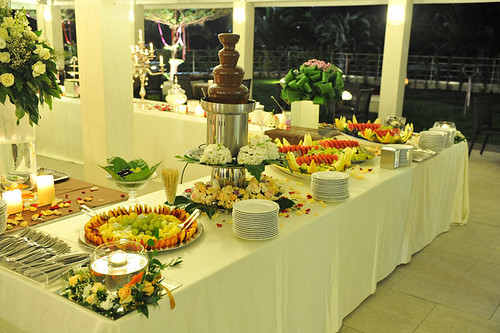
Cruise ships offer a vast array of dining options to cater to every taste and preference, transforming your culinary experience into an unforgettable adventure at sea. Here’s a comprehensive guide to help you navigate the different delicious dining options on a cruise ship world of cruise ship:
1. Main Dining Room
Description:
The Main Dining Room (MDR) serves as the flagship dining venue aboard cruise ships, embodying elegance, tradition, and exceptional service. It’s typically located on one of the main decks, often spanning multiple levels, and serves as the focal point of the ship’s culinary experience.
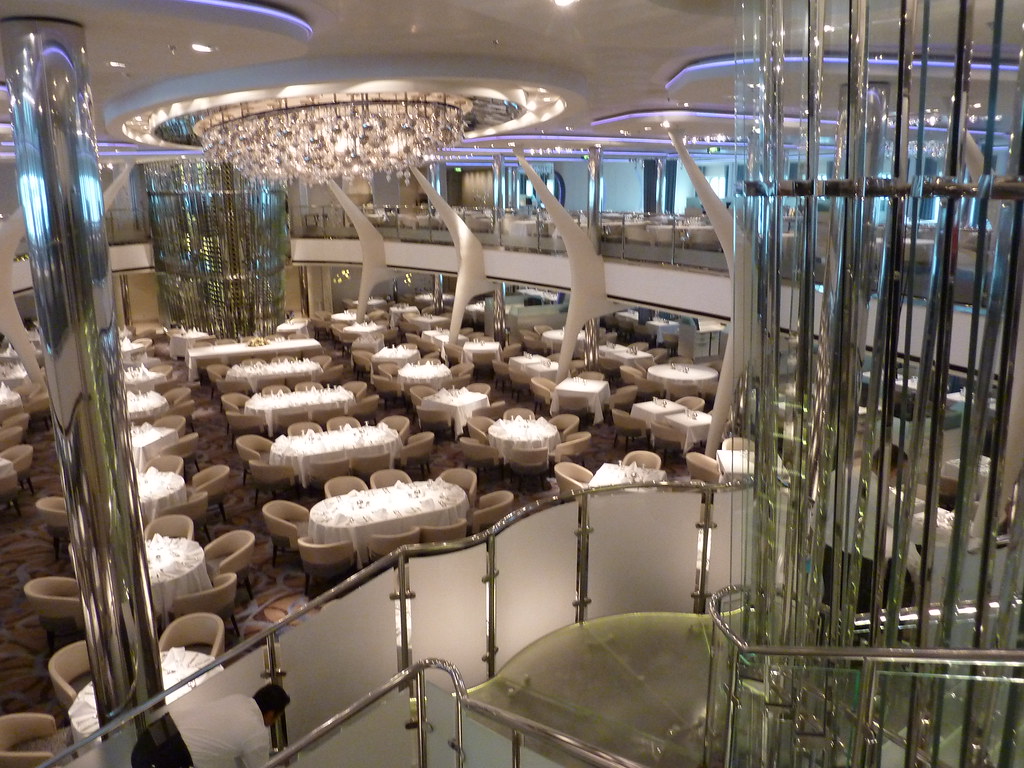
Ambiance:
The ambiance of the Main Dining Room is often grand and sophisticated, featuring ornate décor, sparkling chandeliers, and panoramic views of the ocean. Crisp linens, fine china, and gleaming silverware impeccably set the tables, creating a refined atmosphere for guests to enjoy their meals.
Cuisine:
The Main Dining Room offers a diverse menu that changes daily, showcasing a blend of international and regional cuisines prepared by skilled chefs. Guests can expect a multi-course dining experience, typically including appetizers, soups or salads, main courses, and decadent desserts. Menu options often cater to a variety of dietary preferences and restrictions, ensuring there’s something for everyone.
Service:
The Main Dining Room service earns renown for its attentiveness and professionalism. The waitstaff warmly greet guests and escort them to their tables, where they provide personalized attention throughout the meal. Waiters are knowledgeable about the menu offerings, providing recommendations and accommodating special requests to ensure a memorable dining experience.
Dress Code:
Most Main Dining Rooms adhere to a dress code, which may vary depending on the cruise line and specific evening. Formal nights typically call for cocktail dresses or suits, while other evenings may have a more relaxed casual elegant dress code, including sundresses, slacks, and collared shirts. The dress code adds to the ambiance of the dining experience, creating an atmosphere of sophistication and refinement.
Reservations:
While the Main Dining Room does not always require reservations, it highly recommends them, particularly for larger groups or guests with specific dietary preferences. Reserving a table allows for greater flexibility and ensures that guests can dine at their preferred time without having to wait for seating.
Special Occasions:
The Main Dining Room is often the venue of choice for celebrating special occasions such as birthdays, anniversaries, and milestone events. Cruise lines may offer special menus or amenities for guests celebrating significant moments, adding an extra touch of luxury and celebration to the dining experience.
In summary, the Main Dining Room aboard a cruise ship offers guests a refined and memorable culinary journey, combining exquisite cuisine, elegant ambiance, and impeccable service to create an unforgettable dining experience at sea.
2. Buffet
Description:
The buffet is a casual and popular dining option aboard cruise ships, offering guests a diverse selection of dishes for breakfast, lunch, dinner, and even late-night snacks. It’s a self-service style of dining where guests can choose from an array of culinary offerings at various food stations.

Ambiance:
Buffet areas on cruise ships are often spacious and lively, with a vibrant atmosphere enhanced by colorful décor and panoramic views of the surrounding sea. The layout typically features different food stations, each offering a specific type of cuisine or culinary theme, creating a dynamic dining experience for guests.
Cuisine:
One of the highlights of the buffet is its wide variety of cuisine options, catering to every taste and preference. Guests can indulge in international favorites such as sushi, pasta, stir-fries, and pizza, as well as regional specialties and comfort foods like burgers, sandwiches, and salads. Dedicated stations for carving, seafood, desserts, and more ensure there’s something to satisfy every craving.
Highlights:
Guests know the buffet for its extensive selection of dishes and the flexibility it offers. It’s an ideal option for those who enjoy sampling a little bit of everything or customizing their meals according to their preferences. Highlights may include made-to-order omelets and crepes for breakfast, themed dinners featuring local cuisine, and decadent dessert spreads with cakes, pastries, and ice cream.
Tips:
To make the most of the buffet experience, it’s advised for guests to arrive early, especially during peak dining times, to avoid long lines and ensure access to the fullest selection of dishes. It’s also a good idea to explore all the food stations before filling up your plate, as you may discover new and exciting options along the way.
Casual Dining:
The buffet offers a relaxed and informal dining atmosphere, making it perfect for families, groups, and guests of all ages. Whether enjoying a leisurely breakfast with ocean views, grabbing a quick bite between activities, or indulging in a late-night snack after a night of entertainment, the buffet provides a convenient and satisfying dining option throughout the day.
Special Considerations:
While the cruise fare generally includes the buffet, some specialty items or premium offerings may incur additional charges. Additionally, guests with dietary restrictions or preferences can find a variety of options at the buffet, including vegetarian, gluten-free, and low-calorie choices.
In summary, the buffet aboard a cruise ship offers guests a culinary adventure with its diverse selection of dishes, lively atmosphere, and casual dining experience, making it a favorite dining option for many cruisers seeking variety and flexibility during their voyage.
3. Specialty Restaurants
Description:
Specialty restaurants on cruise ships provide guests with an opportunity to indulge in unique culinary experiences beyond the offerings of the main dining room. These venues are typically smaller in size and offer a more intimate atmosphere, often featuring themed décor and innovative menus curated by expert chefs.
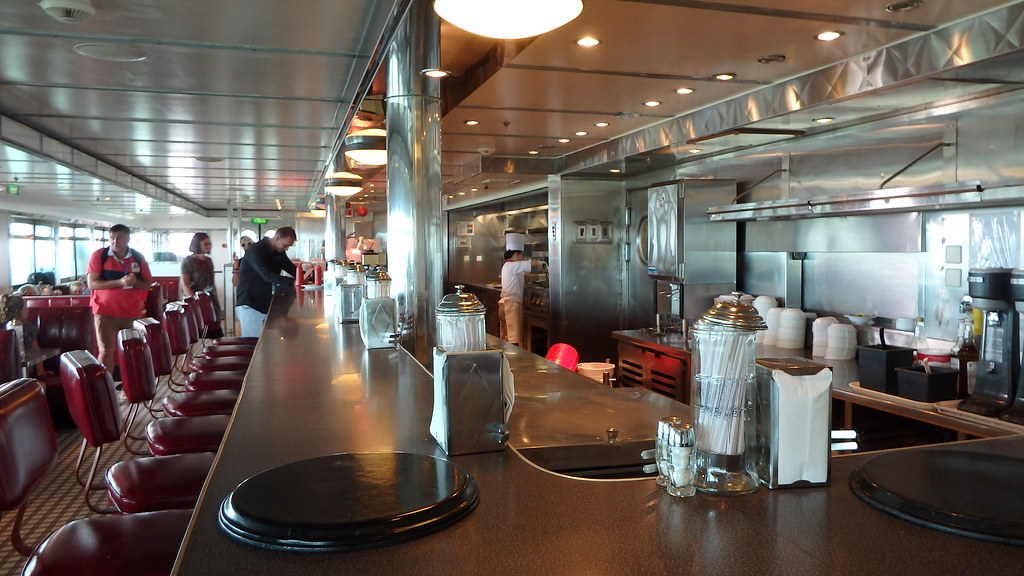
Cuisine:
Each specialty restaurant typically specializes in a specific cuisine or culinary concept, ranging from Italian and French to Asian fusion and steakhouse grills. Guests can expect an elevated dining experience with a focus on premium ingredients, creative presentations, and expertly crafted dishes that showcase the culinary expertise of the chefs.
Menu and Pricing:
Specialty restaurant menus are often à la carte, allowing guests to choose from a selection of appetizers, entrees, and desserts. While some cruise lines may offer set pricing for specialty dining, others may charge a cover fee per person, which includes a certain number of courses or access to specific menu items. Beverage packages or wine pairings may also be available for an additional charge.
Ambiance:
The ambiance of specialty restaurants is carefully curated to complement the cuisine and theme of the venue. Guests can expect upscale décor, intimate seating arrangements, and attentive service that enhances the overall dining experience. Whether it’s the romantic ambiance of a candlelit Italian trattoria or the vibrant energy of a teppanyaki grill, specialty restaurants offer a memorable setting for an indulgent culinary journey.
Reservations:
We highly recommend making reservations for specialty restaurants, especially during peak dining times or for popular venues. Guests can typically make reservations in advance through the cruise line’s website, mobile app, or onboard reservation desk. Making reservations ensures that guests can secure their preferred dining time and venue, minimizing wait times and ensuring a seamless dining experience.
Cost Considerations:
While dining at specialty restaurants comes with an additional cost, many guests find it to be a worthwhile investment for the exceptional food, service, and ambiance offered. Some cruise lines may offer dining packages or promotions that include specialty dining options, providing guests with added value and flexibility in their dining choices.
Special Events and Culinary Experiences:
Specialty restaurants often host themed dinners, culinary events, and chef’s table experiences, allowing guests to engage with the culinary team and savor exclusive menu offerings. These events provide a unique opportunity to immerse oneself in the culinary arts and indulge in a memorable dining experience that goes beyond the ordinary.
In summary, specialty restaurants on cruise ships offer guests an opportunity to elevate their dining experience with exquisite cuisine, intimate ambiance, and personalized service. Whether it’s savoring authentic Italian flavors, indulging in gourmet steakhouse fare, or experiencing the artistry of Asian fusion cuisine, specialty restaurants provide a culinary journey that delights the senses and creates lasting memories.
YOU MAY ALSO LIKE: Best Cruise for Couples Who Love Food
4. Casual Dining
Description:
Casual dining venues on cruise ships provide guests with relaxed and informal dining options for enjoying quick bites, snacks, and lighter fare throughout the day. These venues offer a laid-back atmosphere perfect for grabbing a bite between activities or enjoying a casual meal with friends and family.
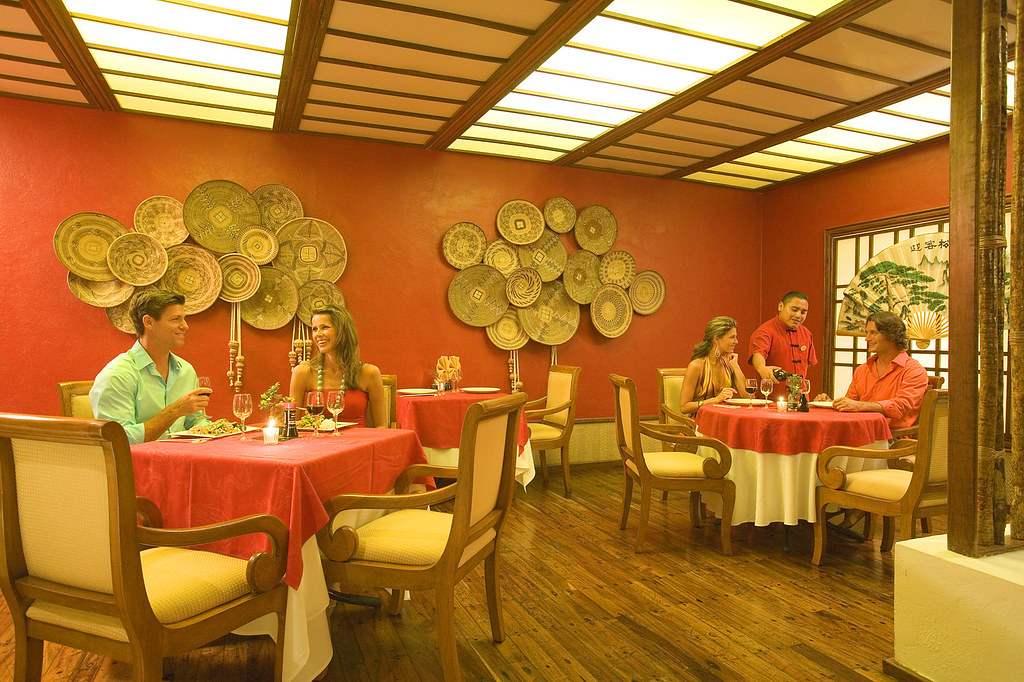
Types of Venues:
Casual dining options on cruise ships vary widely and may include poolside grills, pizzerias, cafes, delis, and fast-food outlets. These venues are typically located near popular onboard attractions such as swimming pools, outdoor decks, and entertainment areas, making them easily accessible to guests throughout the day.
Menu Offerings:
The menus at casual dining venues feature a range of comfort foods, international favorites, and grab-and-go options to satisfy every craving. Guests can enjoy classic burgers and hot dogs, freshly made pizzas, sandwiches, salads, and other casual fare prepared with quality ingredients and served in generous portions.
Flexibility and Convenience:
Casual dining venues offer flexibility and convenience, allowing guests to dine at their own pace and according to their schedule. Whether it’s a quick bite before heading ashore for an excursion or a late-night snack after a day of exploring, casual dining options are available day and night to accommodate guests’ preferences.
Ambiance:
Casual dining venues exude a relaxed and laid-back ambiance, featuring open-air seating, colorful décor, and panoramic views of the surrounding ocean or onboard attractions. Guests can enjoy their meals in a casual setting, whether lounging by the pool, soaking up the sun on a deck chair, or taking in the sea breeze from an outdoor seating area.
Informal Service:
Service at casual dining venues is typically informal and efficient, with guests placing orders at counters or food stations and receiving their meals promptly. Staff members are friendly and approachable, ensuring that guests feel welcome and comfortable while dining in a relaxed atmosphere.
Variety and Choice:
Casual dining venues offer a wide variety of menu options to suit every taste and preference, making them popular choices for families, groups, and guests with diverse culinary preferences. Whether craving a classic American burger, a refreshing salad, or a slice of freshly baked pizza, guests can find something to satisfy their appetite at casual dining venues onboard.
In summary, casual dining venues on cruise ships provide guests with a relaxed and informal dining experience featuring a variety of comfort foods, international favorites, and grab-and-go options served in a laid-back atmosphere. Whether enjoying a leisurely meal by the pool or grabbing a quick bite between activities, casual dining options offer flexibility, convenience, and delicious fare for guests to enjoy throughout their cruise vacation.
5. Room Service
Description:
Room service is a convenient dining option offered by most cruise lines, allowing guests to enjoy meals, snacks, and beverages in the privacy and comfort of their cabins. It provides a convenient alternative to dining in onboard restaurants and allows guests to relax and unwind without leaving their accommodations.
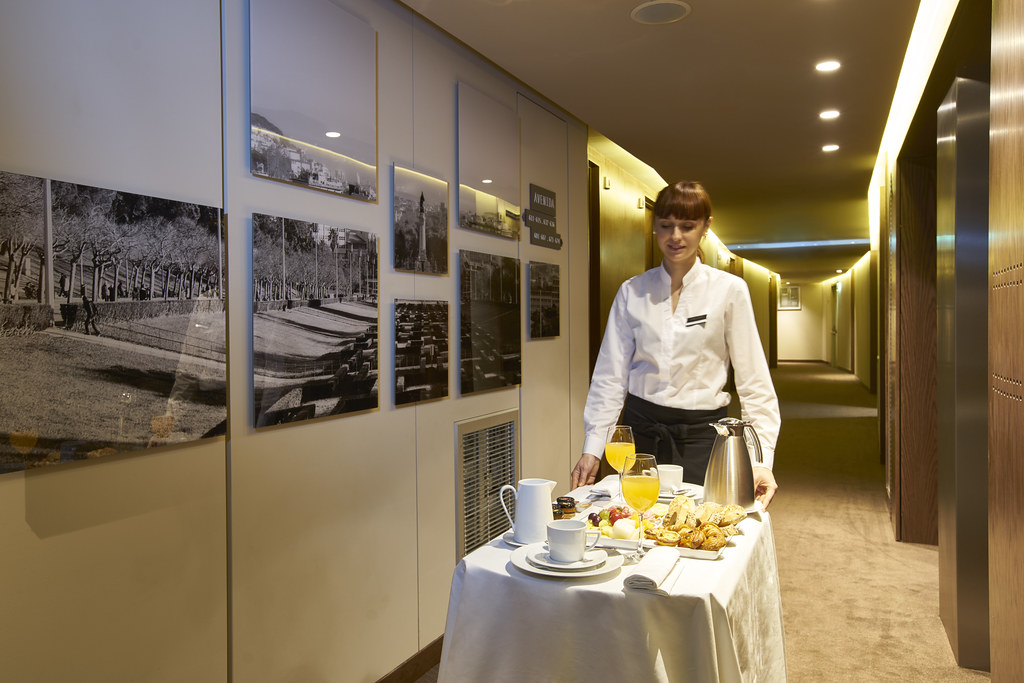
Menu Selection:
Room service menus typically feature a selection of breakfast, lunch, dinner, and late-night options, including continental breakfast items, sandwiches, salads, soups, pizza, pasta, desserts, and beverages. While room service offers a more limited menu compared to onboard restaurants, it provides guests with a convenient and hassle-free dining experience.
Ordering Process:
Guests can place room service orders through various methods, including filling out order forms available in the cabins, using the interactive television system, or calling the dedicated room service hotline. Room service staff typically deliver orders directly to the guest’s cabin within a specified time frame, offering added convenience and flexibility.
Availability:
Room service is often available 24 hours a day, allowing guests to enjoy meals and snacks at any time of day or night. However, it’s essential to check the specific hours of operation and menu availability with the cruise line, as some items may only be available during certain hours or incur additional charges.
Cost Considerations:
While some cruise lines include room service in their fares as part of the all-inclusive experience, others may charge a nominal delivery fee for each order placed. Additionally, certain menu items or premium selections may incur additional charges, so guests should review the room service menu carefully to understand any associated costs.
Customization and Special Requests:
Guests can often customize room service orders to accommodate dietary preferences, allergies, or special requests. Guests can specify their preferences when placing their orders, such as requesting gluten-free options, dairy-free alternatives, or specific condiments and toppings, ensuring that their dining experience meets their individual needs and preferences.
Privacy and Convenience:
One of the primary advantages of room service is the privacy and convenience it offers guests. Whether enjoying a leisurely breakfast in bed, a romantic dinner for two, or a late-night snack after a day of exploring, room service allows guests to dine in the comfort and privacy of their cabins without having to venture out to onboard restaurants.
In summary, room service provides guests with a convenient and hassle-free dining option onboard cruise ships, allowing them to enjoy meals, snacks, and beverages in the privacy and comfort of their cabins at any time of day or night. With a diverse selection of menu options, convenient ordering process, and customizable offerings, room service enhances the overall cruise experience and provides guests with added flexibility and convenience during their voyage.
Dietary Needs and Beverage Choices on a Cruise
Dietary Restrictions:
Cruise lines prioritize guest satisfaction and are well-prepared to accommodate a wide range of dietary restrictions and preferences. Cruise ship kitchens are equipped to handle your dietary needs, whether you’re vegetarian, vegan, gluten-free, lactose intolerant, diabetic, or have specific food allergies. To ensure a seamless dining experience, inform the cruise line about your dietary restrictions at the time of booking or well in advance of your cruise departure. Upon boarding the ship, communicate your dietary restrictions directly with your servers or the restaurant staff.
Many cruise lines offer specialized menus or designated dining areas for guests with specific dietary needs, ensuring that guests can enjoy delicious and satisfying meals without compromising their health or preferences. If you have food allergies, communicate them to the restaurant staff, particularly if you have severe allergies that require extra precautions. Cruise ship dining venues are known for their flexibility and willingness to accommodate guest preferences. If you have dietary restrictions that aren’t covered by the standard menu options, ask your server or the culinary team for assistance.
Beverages:
Unlike meals, beverages are typically not included in the cruise fare, with the exception of basic options such as water, coffee, tea, and select juices available at meal times. Alcoholic beverages, soft drinks, specialty coffees, and bottled water are usually offered at additional cost. Consider purchasing a beverage package to streamline beverage expenses and enjoy a wide selection of drinks throughout the cruise. Cruise lines offer various beverage package options to suit different preferences and budgets.
Before purchasing a beverage package, carefully review the pricing and terms to determine whether it aligns with your drinking habits and preferences. Guests can typically purchase beverage packages online before the cruise or onboard the ship during the initial days of the voyage. Once purchased, the package is activated for the duration of the cruise, allowing you to enjoy unlimited beverages within the package’s parameters until the end of the voyage. In addition to beverage packages, guests can also purchase individual drinks à la carte from onboard bars, lounges, and restaurants. Consider your dietary restrictions and beverage preferences in advance to ensure a satisfying and enjoyable dining experience onboard your cruise vacation.
YOU MAY ALSO LIKE: 9 Best Cruises for Couples in their 40’s
Cruising Dining Options FAQ
Here are some frequently asked questions (FAQs) about food on cruise ships:
- Are meals included in the cruise fare?
Generally, yes. Most cruise lines offer complimentary meals as part of the cruise package. However, specialty restaurants and certain dining options may have additional charges.
2. What types of cuisine are available on cruise ships?
Cruise ships often offer a wide range of cuisines to cater to diverse tastes. These may include international cuisine such as Italian, Asian, French, Mexican, and more, alongside traditional favorites like burgers, pizzas, and seafood.
3. Can special dietary needs be accommodated?
Yes, most cruise lines accommodate special dietary needs such as vegetarian, vegan, gluten-free, and food allergies. It’s recommended to inform the cruise line of any dietary restrictions or preferences prior to embarkation.
4. Are there specific dining times on a cruise ship?
Cruise ships typically offer both fixed dining times and flexible dining options. Fixed dining times usually have set meal times in assigned dining rooms, while flexible dining allows guests to dine at various times in different venues.
5. Are there extra charges for dining at specialty restaurants?
Yes, dining at specialty restaurants often comes with an additional fee. These venues typically offer more upscale or themed dining experiences beyond the included dining options.
6. Can I eat whenever I want on a cruise ship?
Many cruise lines offer 24-hour dining options, including buffets and snack bars, allowing guests to eat at their convenience. However, some dining venues may have specific operating hours.
7. Is room service available, and is it included?
Room service is often available on cruise ships, though it may come with an additional fee for certain items or during specific hours. Some cruise lines offer complimentary room service for basic items.
8. Are beverages included with meals?
Generally, non-alcoholic beverages such as water, tea, coffee, and select juices are included with meals. Alcoholic beverages are typically not included but can be purchased separately or through beverage packages.
9. Can I bring my own food on board?
Most cruise lines discourage guests from bringing outside food on board due to safety and sanitation reasons. However, exceptions may be made for specific dietary needs or baby food.
10. How can I make dining reservations on a cruise ship?
Depending on the cruise line, dining reservations can often be made in advance through the cruise line’s website or app. Alternatively, reservations can be made onboard at designated reservation desks or through the ship’s dining staff.
With so many options available, don’t be afraid to step outside your comfort zone and try new cuisines and dishes. Cruise ship dining is a fantastic opportunity to embark on a culinary adventure around the world.
